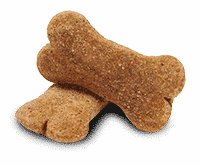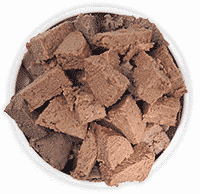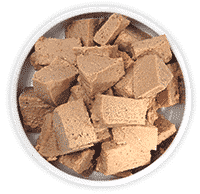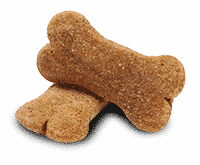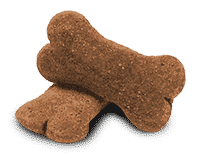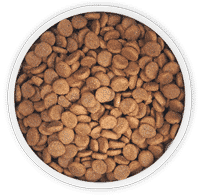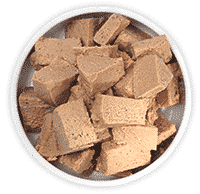Food intolerance in dogs can be a challenging issue for pet parents to navigate, leading to discomfort, digestive upset, and other health concerns in their dogs. While identifying and managing food intolerances may seem daunting, there are several effective strategies that pet parents can employ to help alleviate symptoms and improve their dog’s quality of life. Here are four tips for treating food intolerance in dogs, providing insights for pet parents seeking to support their dog’s health and well-being.

1. Identify and Eliminate Trigger Ingredients
The first step in treating food intolerance in dogs is to identify and eliminate trigger ingredients from their diet. This often involves conducting an elimination diet, during which common allergens and irritants are removed from the dog’s food and replaced with novel protein and carbohydrate sources.
Tip: Work with your veterinarian to develop a customized elimination diet plan tailored to your dog’s specific dietary needs and health concerns. Keep a detailed food diary to track your dog’s progress and monitor any changes in symptoms or behavior.
2. Opt for Limited-Ingredient Diets
Limited-ingredient diets (LID) can be an effective solution for dogs with food intolerances, as they contain a minimal number of carefully selected ingredients, reducing the risk of triggering adverse reactions. Look for LID formulas that feature novel protein sources, such as venison, duck, or kangaroo, paired with easily digestible carbohydrates like peas.
Tip: Choose high-quality LID formulas from reputable pet food brands like Zignature, which offers a wide range of grain-free options made with limited ingredients to support dogs with food sensitivities or allergies.

3. Monitor Treats and Table Scraps
In addition to their regular diet, treats and table scraps can also contribute to food intolerance in dogs, especially if they contain common allergens or irritants. Be mindful of the ingredients in the treats and snacks you offer your dog, opting for hypoallergenic options that are free from grains, dairy, and artificial additives.
Tip: Consider making homemade treats using simple, dog-friendly ingredients like lean meats, fruits, and vegetables. This allows you to control the ingredients and avoid potential triggers while still treating your dog to tasty and nutritious snacks. Another solution would be to thoughtfully select treats from a brand you trust.

4. Implement a Gradual Transition
When introducing a new diet or making changes to your dog’s food, it’s essential to implement a gradual transition to minimize digestive upset and allow time for adjustment. Start by mixing small amounts of the new food with the old food, gradually increasing the proportion of the new food over the course of several days.
Tip: Monitor your dog’s response to the transition process, paying attention to any signs of digestive discomfort or intolerance. If necessary, slow down the transition or consult with your veterinarian for guidance on managing the adjustment period effectively.
Food intolerance in dogs can be a complex and challenging issue to address, but with the right approach and guidance, pet parents can help alleviate symptoms and improve their dog’s quality of life. By identifying trigger ingredients, opting for limited-ingredient diets, monitoring treats and table scraps, and implementing a gradual transition process, pet parents can take proactive steps to support their dog’s health and well-being. Remember to work closely with your veterinarian to develop a customized treatment plan tailored to your dog’s specific needs and dietary requirements. With patience, diligence, and commitment, you can help them thrive and enjoy a happier and healthier life, free from food intolerance concerns.


